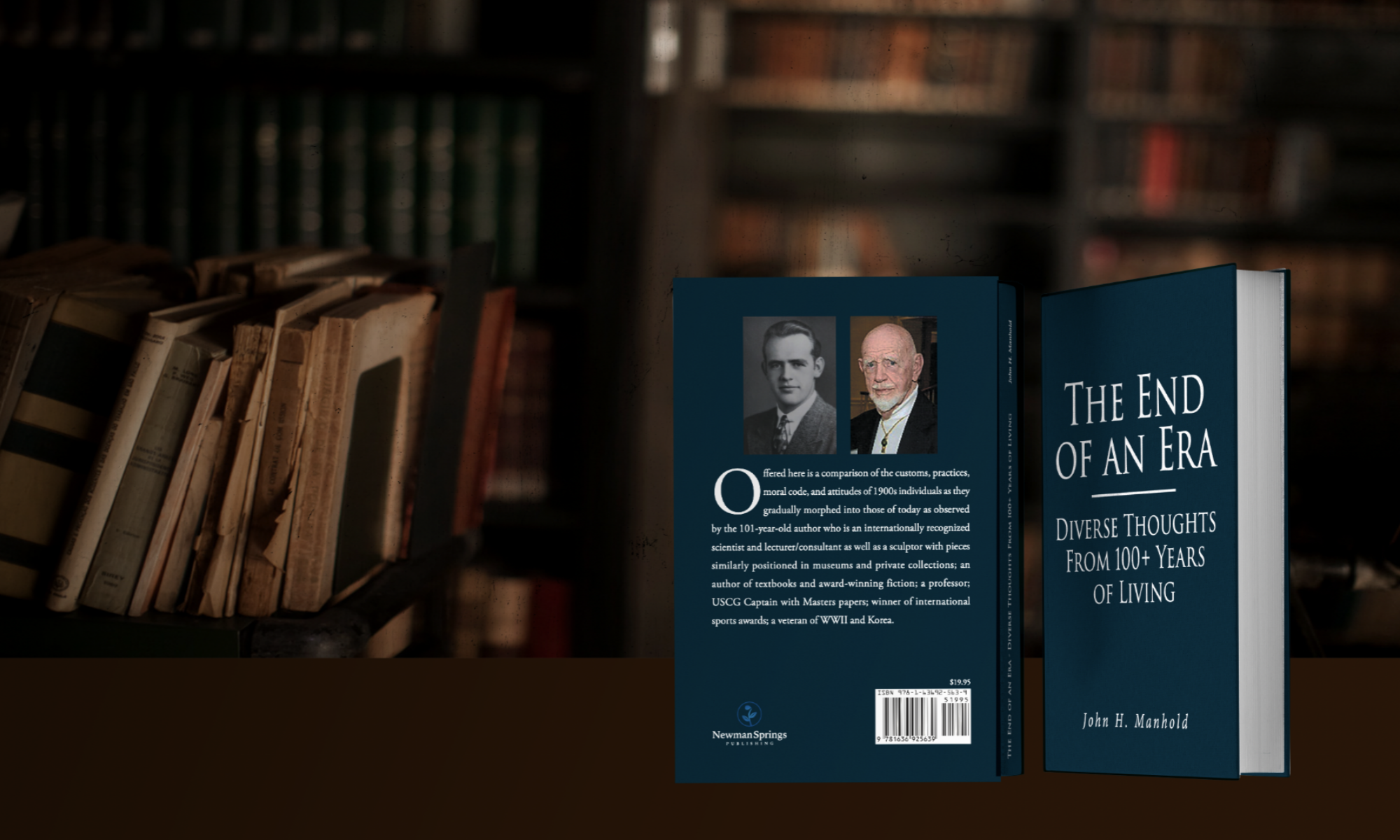Europe by Milk Run ISBN: 9781954778078 published, copyright and written by Rory Moulton.
Subtitled A solo Travel Experiment from Copenhagen to Barcelona, First published 2020 by EuroExperto. The author has provided this mini-saga of his unusual journey resulting from a decision to prove wrong a casual observation by an acquaintance that traveling Europe “isn’t real travel” anymore. By riding slow trains, using a Eurrail Pass, using Airbnb (a list of low-budget lodging), a vague direction in which he wanted to go and little more than a backpack he made the trip in a measured time frame. (Set by budgetary restrictions dictated by the fact he now was married with a young teen son and other responsibilities, although his main job appeared to be providing, and editing, new material for a rather undefined person who seemingly provided travel material for some source). His decision could be considered unusual since he was several years beyond the usual age for such rambling journeys. However, he makes his decision with much gusto and desire to explore the offbeat neighborhoods with their storied, often risqué activities, ‘different’ foods and their often ‘different’ venders. Almost all activities conducted with newly acquired young and completely involved ‘friends’ he meets on the travels
This introductory material concludes that with “Ample humor and humility”, he shows “that traveling Europe at ground level reveals the Continent’s greatest treasures.”
The trip explores Copenhagen including its lesser known ‘naughty areas’ as well as the better known ones existing in Hamburg. Amsterdam includes dealing with a large number of feral cats; Brussels perhaps slightly more emphasis on the architecture and Paris somewhat similarly with interesting comparison of the Notre-Dame Cathedral with some of the newly designed ‘masterpiece’ architectural structures, as well as Barbes Market in Paris – an enclave of 1st and 2nd generation Africans speaking rapid-fire French mixed with African patois and the Museum of Immigration in Paris which depicted the end of Colonialism in its strange history of development. Other notable features were Bayeux as a food-lovers delight, Saint-Jean-de-Luz (Basque country where the native language is Euskara –a language with no real relationship to French, Latin, Spanish or other. There are a few hundred thousand Basques in France but most are in Portugal and the adjoining region of Spain. (An author’s brief discussion discloses the existence of even a couple of thousand in Colorado, USA. Pamplona included an interesting discussion of the difference in gauge between the rails in Spain and the rest of Europe (9 inches wider) and their gradual change as well as many other features of interest besides the San Fermin Festival and ‘Running of the Bulls’. Zaragoza elicited a comment expressing the fact that the city was far more beautiful to visit at night at night– most beautiful to visit at night and that the small town’s Canfranc with unusual rail station offered “A key crossing point and center for spies and espionage” during WWII earning “a new nickname Casablanca in the Pyrenees.” Description of Barcelona, an Epilogue and notes about the author terminate the book.
Discussion: A well- and often charmingly-described presentation of many little known facts and features of some of Europe’s cities, towns, and countryside. Highly recommended.
5* Highly recommended
